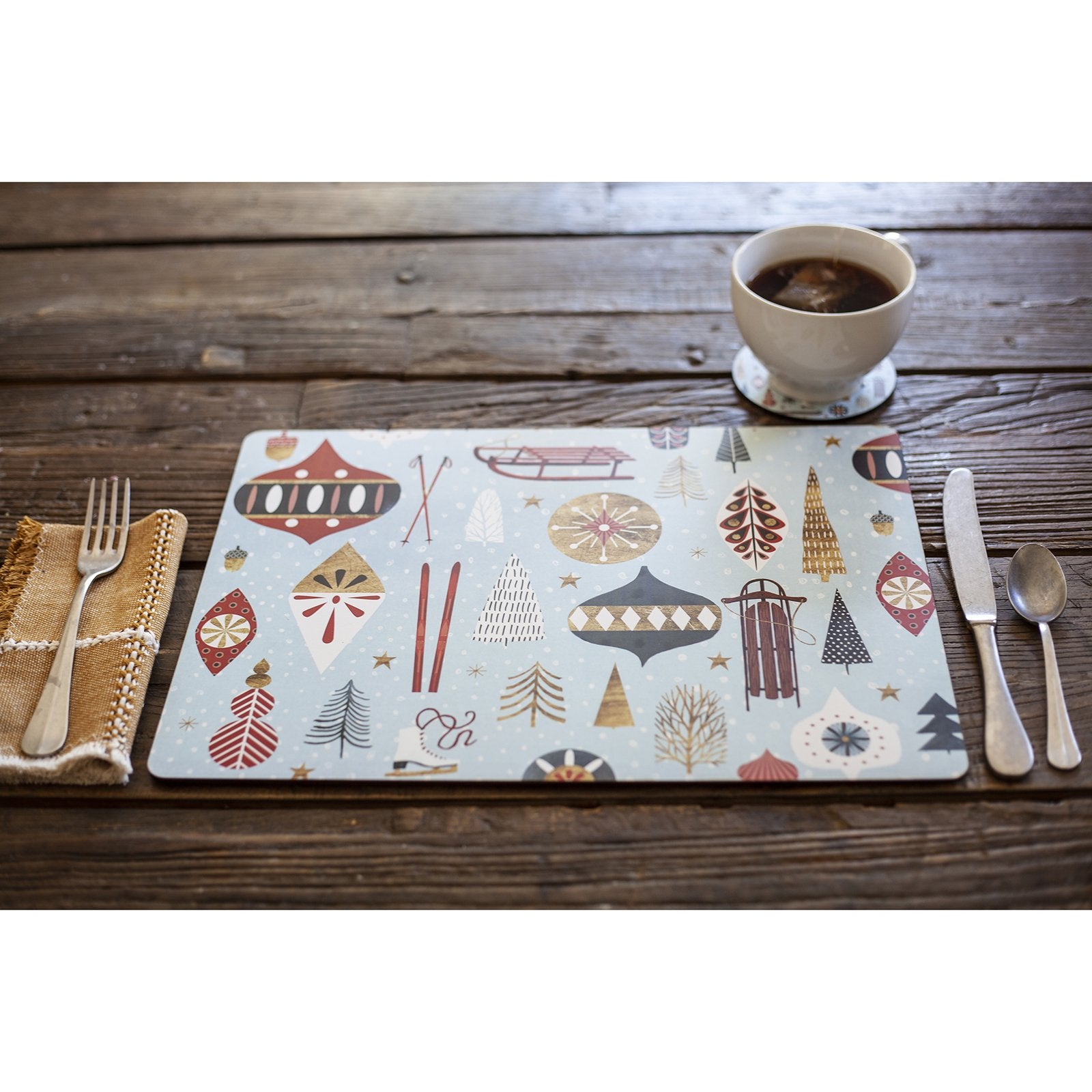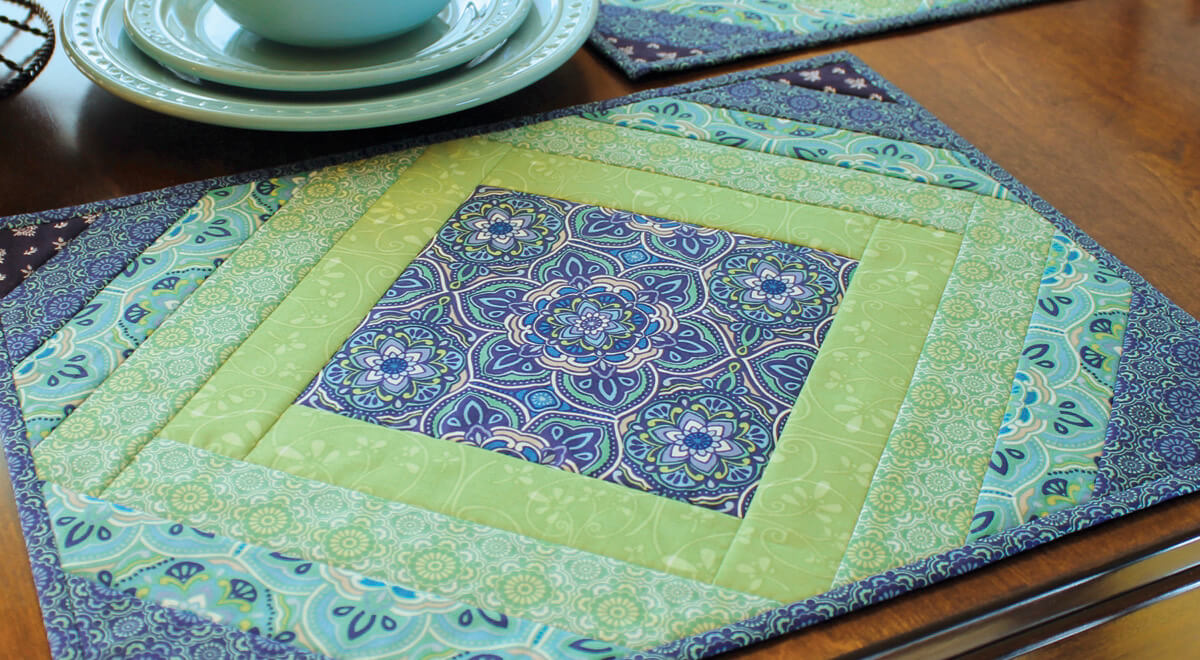Little Known Facts About Unique Art.
Little Known Facts About Unique Art.
Blog Article
Not known Details About Unique Art
Table of ContentsGetting The Unique Art To WorkUnique Art Things To Know Before You BuyGetting The Unique Art To WorkIndicators on Unique Art You Should Know
While one might dispute which art form holds precedence, the truth stays that each of these 7 types offers a special home window into human background, society, and evolution. They are the tapestries that chronicle our trip, reminding us of our past while motivating visions for the future.Wonderful art work narrates, makes individuals look twice, and produces a distinct experience that can not be matched. Art and illustrations connect all of that with shade, shape and other layout aspects. Discover just how to make your one-of-a-kind art work stand apart from the group.
3 Emil DervishIn this entryway by Emil Dervish that stunning cobalt blue door swipes the program. To bring even extra dramatization, he expanded the paint. to the doorframe and the wall up, finishing in a curved shape. The contours, in addition to a round sconce, soften the edges - Unique Art. After that structures classic posters and maps of cherished locations set the scene.
8 TRIA GIOVANEqual parts grand and laidback, this foyer developed by Anthony Baratta is the excellent blueprint to comply with if you're embellishing an official entry that still really feels unfussy and comfortable. Formed textiles take spotlight (see the carpets and the sofa), but they also help bring the high ceilings to a human scale when hung over wallpaper.
The Best Guide To Unique Art
18 Heidi Caillier DesignA gallery wall surface does not need to take up the whole space. Occasionally a small one can make a larger design statement. In this living space, Hiedi Caillier decided for micro-mini frames and a random composition.
, the expression of concepts and emotions, with the production of certain aesthetic qualities, in a two-dimensional visual language. The aspects of this languageits forms, lines, colours, tones, and texturesare made use of in numerous means to create feelings of quantity, space, activity, and light on a flat surface. These components are combined into expressive patterns in order to represent genuine or mythological phenomena, to analyze a narrative style, or to produce wholly abstract visual partnerships.
Later the idea of the "fine artist" created in Asia and Renaissance Europe. During the 19th century painters in Western societies began to lose their social setting and safe patronage.
Unique Art Fundamentals Explained
Others gained an income through touring events of their job. The demand to appeal to a marketplace had actually replaced the comparable (if less impersonal) needs of patronage, and its effect on the art itself was possibly comparable as well. Unique Art. Typically, artists in the 20th century can reach an audience only with industrial galleries and public museums, although their work might have been occasionally duplicated in art regulars
For the history of paint in ancient Egypt, see Egyptian art and style. The advancement of paint in different areas is dealt with in a variety of short articles: Western painting; African art; Central Eastern arts; Chinese painting; Islamic arts; Japanese art; Oriental art; Indigenous American art; Nautical art and style; South Eastern arts; Southeast Asian arts. For a discussion of the imitation of artworks, see bogus. For a conversation of the role of paint and various other arts in faith, in addition to of using religious icons in art, see spiritual symbolism and iconography. For information on various other arts connected to paint, see write-ups such as attracting; individual art; printmaking. It is the feeling of certainty in this formal company that click here for info offers a terrific painting its self-sufficiency and visibility. The colours and placing of the primary photos in a style may be in some cases mainly determined by representational and symbolic considerations. It is the formal interplay of colours and shapes that alone is qualified of interacting a particular state of mind, creating optical experiences of area, quantity, movement, and light and producing pressures of both consistency and stress, also when a article source painting's narrative meaning is odd.
Don't replicate the design of other artists if you're looking for your style. Duplicating other individuals's art work can be great in academic purposes but it will not make you closer to locating your very own distinct style. Your creative style needs to be, what you like and what motivates you.

The Unique Art Diaries
You need to try lots of various options and explore everything prior to you can concentrate on one particular style or you'll be bored, or worse, you'll dislike your own style. I suggest you to attempt every single subject that you're interested in, check out as much as you can. Attempt various tools that excite you and brand-new methods you've never tried before.
With time link you'll have the ability to arrange every one of them into your favorite and the very least favorite classifications. Try to focus your interest on the topics and tools that you like and before you see it coming you'll have your very own personal and unique design, like nobody else have! So in the long run you'll have a couple of favorite subjects to paint and possibly a few favorite mediums.

Report this page